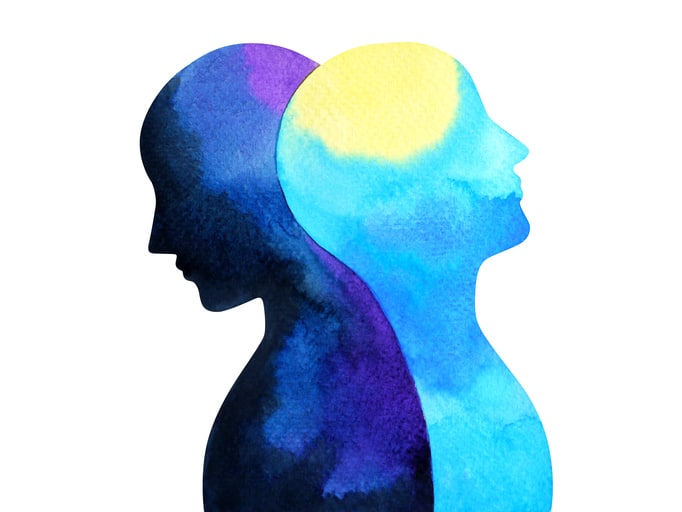The early COVID-19 pandemic resulted in great psychosocial disruption and stress, raising speculation that psychiatric disorders may worsen. This study aimed to identify patients vulnerable to worsening mental health during the COVID-19 pandemic.
This retrospective observational study used electronic health records from March 9 to May 31 in 2019 (n = 94,720) and 2020 (n = 94,589) in a large, community-based health care system. Percent change analysis compared variables standardized to the average patient population for the respective time periods.
Compared to 2019, psychiatric visits increased significantly (P < .0001) in 2020, with the majority being telephone/video-based (+264%). Psychiatric care volume increased overall (7%), with the greatest increases in addiction (+42%), behavioral health in primary care (+17%), and adult psychiatry (+5%) clinics. While patients seeking care with preexisting psychiatric diagnoses were mainly stable (−2%), new patients declined (−42%). Visits for substance use (+51%), adjustment (+15%), anxiety (+12%), bipolar (+9%), and psychotic (+6%) disorder diagnoses, and for patients aged 18–25 years (+4%) and 26–39 years (+4%), increased. Child/adolescent and older adult patient visits decreased (−22.7% and −5.5%, respectively), and fewer patients identifying as White (−3.8%) or male (−5.0) or with depression (−3%) or disorders of childhood (−2%) sought care.
The early COVID-19 pandemic was associated with dramatic changes in psychiatric care facilitated by a rapid telehealth care transition. Patient volume, demographic, and diagnostic changes may reflect comfort with telehealth or navigating the psychiatric care system. These data can inform health system resource management and guide future work examining how care delivery changes impact psychiatric care quality and access.
© Copyright 2021 Physicians Postgraduate Press, Inc.
Changes in Diagnostic and Demographic Characteristics of Patients Seeking Mental Health Care During the Early COVID-19 Pandemic in a Large, Community-Based Health Care System.


